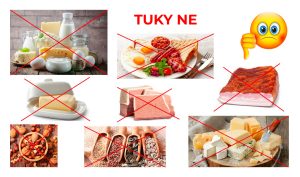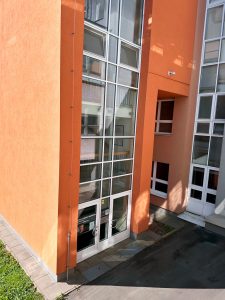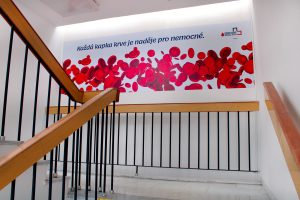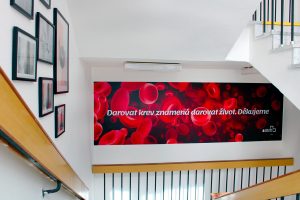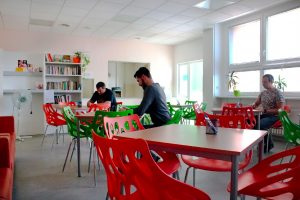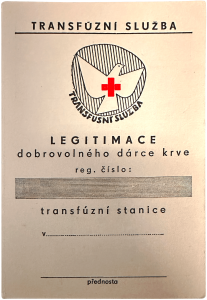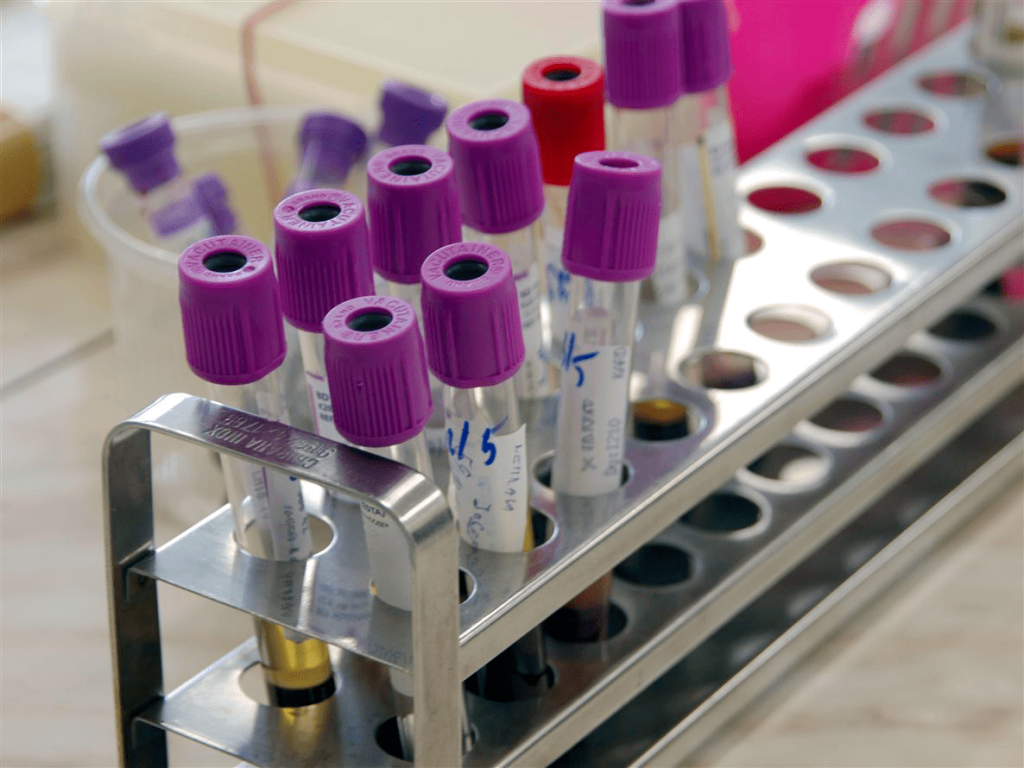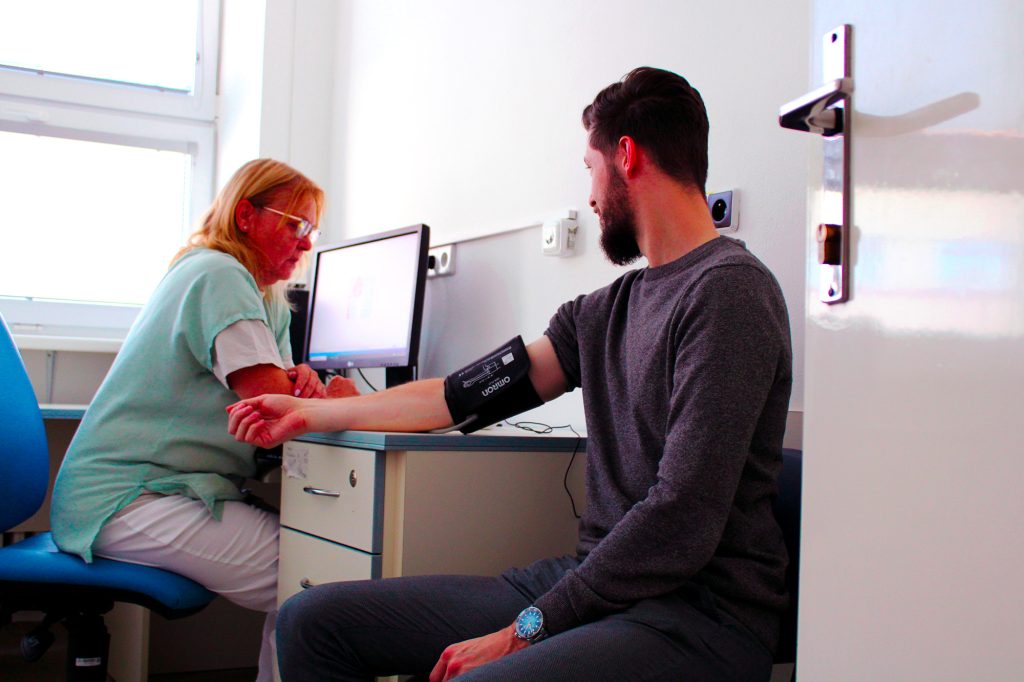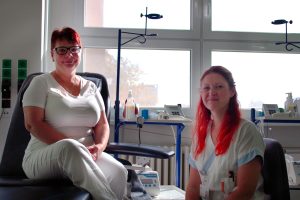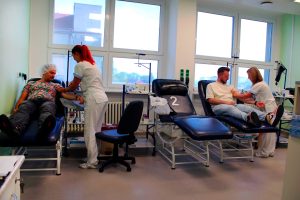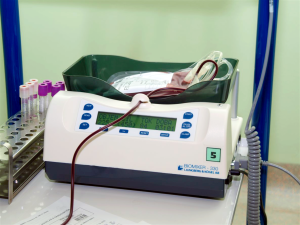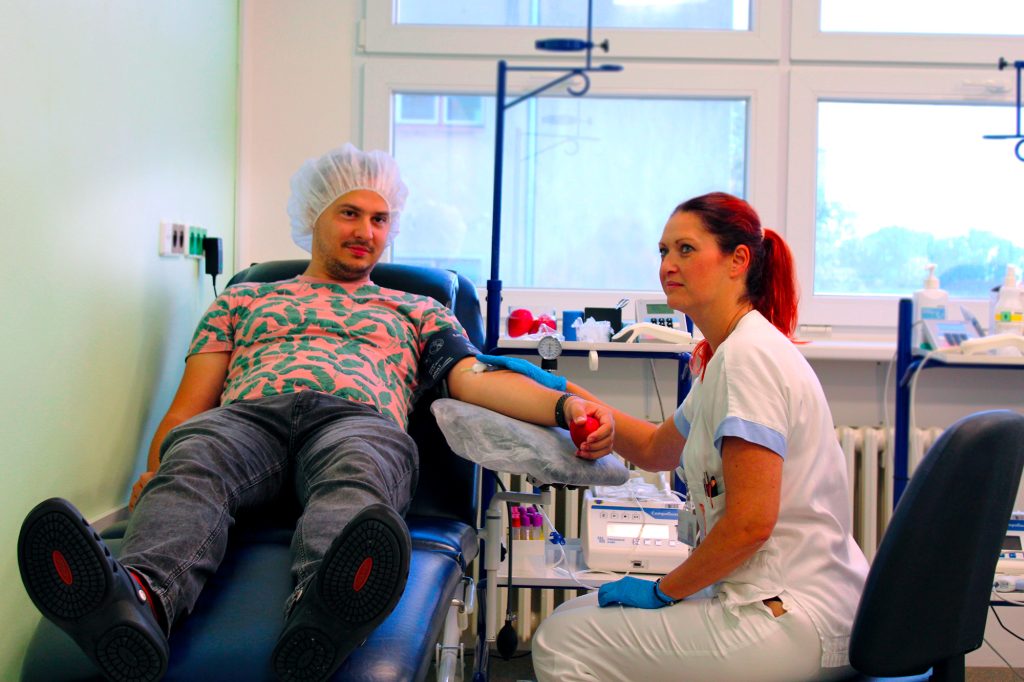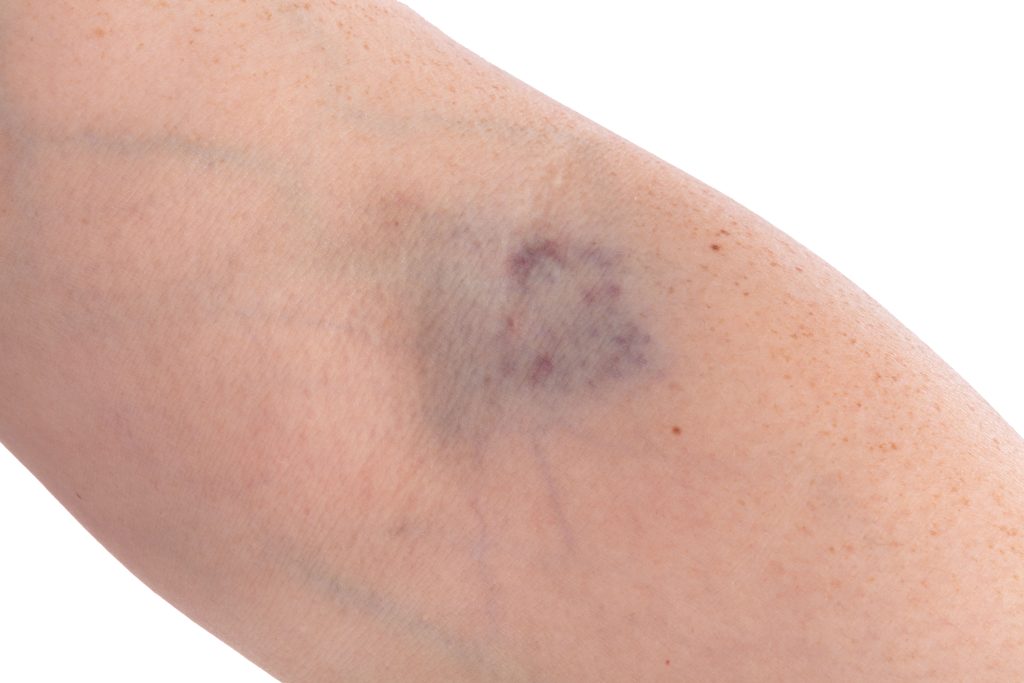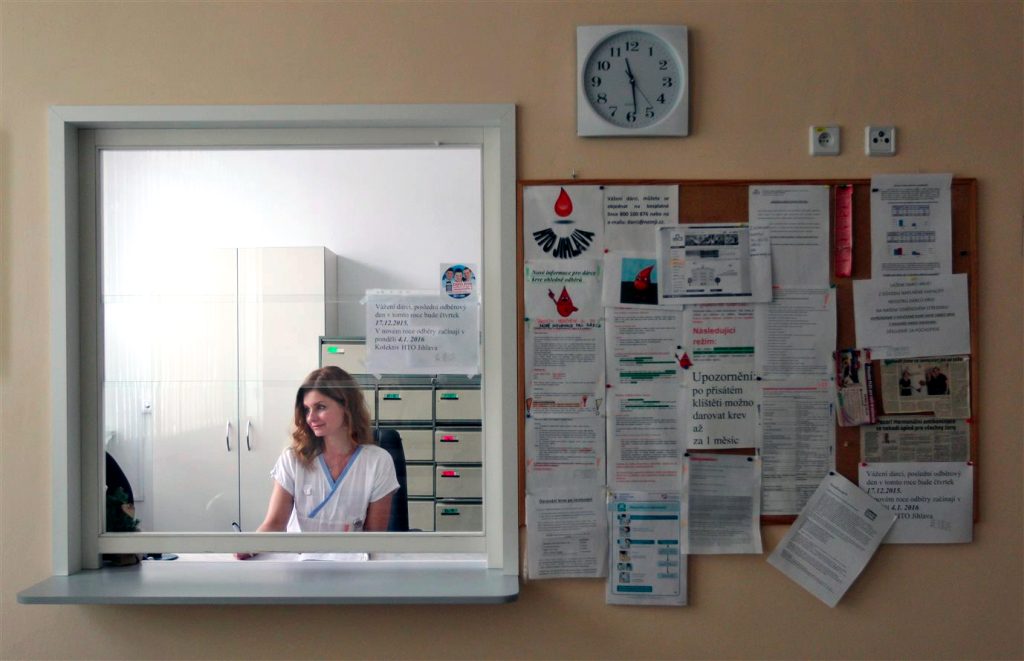- Appointment making
Personally in the donor register
When making appointment, please specify your blood type, surname, first name, year of birth.
On-line
At darci.nemji.cz the donor can make his own appointment. To sign up, you need to know your donor number, which can be found on your blood donor card (see images below). The password is the last four digits of his/her insurance number. The password cannot be changed. Once logged in, only the donor number and the appointment can be seen, no sensitive information is available.
Instructions for online ordering can be found HERE.
By e-mail
Instructions for online appointment making can be found at darci@nemji.cz. Waiting time is a minimum of 1 month and a maximum of 4 months in advance. In the e-mail always indicate your birth number, name and surname, blood type and your desired date. Caution! The order is only valid after receipt of a return e-mail and confirmation of the date by a member of the transfusion department.
By phone
For donors, there is a free line for appointments and enquiries: +420 800 100 876. Sometimes it is not always possible for us to answer the phone. Please be patient and preferably use email for enquiries and ordering.
We will only accept donors who are registered with us for donations. The exception is the first-time donors who can come without an appointment.
The interval between whole blood donations is set according to the latest recommendations of the Society for Transfusion Medicine of the Czech Society for Transfusion Medicine.
Total number of donations per year:
Men - no more than four times in the last 12 months at intervals of at least 10 weeks (70 days).
Women - no more than three times in the last 12 months at intervals of at least 3 months (90 days).If you donate plasma, the intervals are as follows:
After plasma, whole blood can be donated after 48 hours..
After whole blood, plasma can be donated after 1 month (28 days).
In order to ensure a continuous supply of transfusion products and to use all donors registered with us, we recommend longer intervals between donations. When ordering, please ensure that you adhere to the intervals between donations. - Preparation for donation
Am I a suitable donor?
Sami sebe nejlépe znáte a nejlépe jste schopni posoudit, zda splňujete kritéria vhodného dárce krve. Doporučujeme Vám seznámit se ještě v pohodlí domova důkladně s dokumentem Instructions to the blood donor. You will be given this document to review before each blood taking. In the "Instructions" you will find basic information about the risk factors that can affect the quality of the donated blood. If you do not meet the criteria of a suitable donor, it is better to refrain from donating blood. Women should not donate blood during menstruation or pregnancy.
Appropriate clothing is important:
Wear short-sleeved or loose-fitting clothing for the procedure to allow easy access to the blood taking area - the elbow socket. We do not recommend women to wear miniskirts.
Documents
- Photo ID (ID or driving licence, passport). For the time being, we do not accept electronic versions of identity documents.
- Doklad o zdravotním pojištění platném v České republice
Catering and preparation for blood taking:
You must not starve under any circumstances! Keep drinking!
The day before blood taking: do not eat fatty foods or drink alcoholic beverages, drink the recommended amount of fluids 2.5 to 3 liters. Take a resting regime; increased activity may affect your laboratory results. Take your medications as usual, remembering to list them all on the questionnaire you will be completing (be sure to know the names). On the day of the test: in the morning, eat a non-fat meal (roll, jam, honey, fruit,...). Dairy and meat products that are fatty are not suitable. Also, whole grain products are not suitable as they contain various types of nuts and seeds which are fatty. Drink at least 0.5 litres of fluid (sweetened tea, mineral water, water, juice) before donation. Coffee should be consumed without milk or cream. Do not smoke before donation (12 hours prior to donation)!
- Entrance to the ward and cloakroom
Please, use reserved entrance for donorslocated between the Health Centre and the block D.
Wear protective shoe covers before entering the ward. You can leave your clothing in the blood donor cloakroom, where you will present your blood donor card (a temporary blood donor card will be created for the first donor). You will be given a serial number which will guide you through the process. This number also serves as a dress number. Here you will also receive a "Blood Donor Instruction" and a questionnaire. You can go and sit down in the canteen where you can read the "Instructions for Donors" and fill in the "Blood Donor Questionnaire".
- Register Office
You will be called into the register based on your serial number through a call system. This is where you register as a donor in the system - you will present your blood donor card, a questionnaire where you must fill in your name and birth number, and proof of identity. Here you must report changes (name, insurance company, telephone, permanent address, temporary address, employment).
- Small take - sampling
When called, present your blood donor card. The sample is taken to test your blood count parameters. For a small donation, the nurse will ask you which arm you would like to have a large donation from. After the sample is taken, you wait for the results and are provided with tea and pastries in the kitchen. There are toilets in the area behind the dining room.
- Examination
In the examination room, the donor's eligibility for donation is assessed according to the completed questionnaire and additional questions, if necessary. When called, present your blood donor card and a fully completed blood donor questionnaire. The interview with the responsible person is combined with a basic physical examination (e.g. blood pressure measurement, weighing). The person in charge will decide whether you are allowed to donate. You are free to ask any questions you may have.
- Donation box
- Wash and properly dry the elbow socket of the arm from which the blood is to be taken.
- Spit out the chewing gum before entering the room!
- If nausea were to strike, it could cause major complications.
- Children are not allowed in the box (the child must wait in the waiting room).
- Donation process
Present your blood donor card when you are called to the donation box. You will then be placed on the donor gurney.
Blood taking is carried out into disposable blood draw kits. All blood draw supplies are disposable, they are for your use only. 450 ml of blood is drawn and the duration of the blood draw ranges from 5-12 minutes. It is possible that you may experience some side effects during or after the donation.
After the donation, you will receive back a confirmed blood donor card, a voucher for refreshments and a meal voucher.
- Possible side effects of blood donation and how to prevent them
A blood spurt (bruise) in and around the site of the vein puncture.
The risk of this complication can be reduced immediately after the procedure by proper compressing the puncture site - do not bend the arm, later by administering cold compresses and applying ointment.
General reaction, fainting. They are caused by less than optimal adaptation of the donor's blood circulation to the resulting blood loss. Fainting occurs most often in starving, under-watered, tired and "rushed" donors. Adequate diet before donation, a sufficiently long stay at the donor bed and cooperation with the staff of the transfusion department are the preventive measures.
Don't be afraid to tell the medical staff that you feel weak after the donation, don't overestimate your strength.
It is advisable to alert the nurse in advance of any nausea or other discomfort associated with the donation.
Get out of the gurney slowly. - In the donor cafeteria
You will be given coffee and small snacks. This time is intended for relaxation after collection. Take your time. If you feel faint, lie down on the nearest lounge chair. You can also make an appointment at the register for the next appointment or pick up a receipt for your taxes or number of donations.
- Making an appointment for the next donation
- Check-out and leaving
When you leave, you must check out in the cloakroom, where you present your blood donor card and return your pass number. You will also receive a donation receipt for your employer.
After the blood has been drawn, we will stamp your parking ticket in the records of the blood collection centre. You can cancel it at the hospital information centre within 15 minutes. You can then leave the car park within 15 minutes without paying the parking fee. - Follow up mode
On the day of donation, rest, skip demanding physical training, do not perform risky activities (work at heights, diving, mountaineering, pilot, professional driver, etc.) Public transport drivers, crane operators, workers at heights, mountaineering, diving, paragliding, etc. should have a break of at least 12 hours after donation, preferably with a night's sleep. Pilots of transport aircraft should have a break of at least 24 hours after the sampling. Self-monitoring is required and in case of health problems, report before flight.
Driving a motor vehicle after a blood draw:
It is possible, but after 15 minutes at the earliest, if you feel well.
- Blood renewal
The most important part of the blood you give us is the red blood cells, which contain haemoglobin, which carries oxygen throughout the body and thus oxygenates the tissues. In addition, during the donation process you lose a significant amount of iron, which is needed to make haemoglobin. It is therefore necessary to supplement iron at an increased level between donations.
Blood donors should therefore pay close attention to their diet and ensure sufficient iron intake. We therefore recommend that donors eat foods with a high iron content (see table below). It is important to take into account the different absorption of iron depending on its origin. Iron is more readily absorbed from animal products (10-20 %) than from plant products (3-5 %). At the same time, some foods inhibit iron absorption (coffee, black and green tea, dairy products). On the other hand, there are substances that help iron absorption (vitamin C, animal proteins). If the donor modifies his diet in this way, the red blood cells are naturally restored.
Practical recommendations for dietary adjustment:
Red meat and tripe have the highest iron content. Ideally 4 times a week.
The absorption of iron from foods of plant origin will be higher after adding a small amount of meat or fruit with vitamin C. For dessert after a meal, have fruit or juice with vitamin C (citrus fruits, fruit juices). Add ham to vegetable dishes, a piece of sausage to soup.
The absorption of iron, especially from plant origin, is reduced by drinking black and green tea, coffee. Drink these drinks outside mealtimes.
Iron absorption, especially from animal sources, is reduced by dairy products. Avoid drinking milk or consuming dairy products during and immediately after meals.Table of iron-containing food:
Food typesFoodAnimal productsLiver (duck, beef, pork, turkey, chicken)Seafood (oysters, mussels)Meat (beef, pork, turkey)EggsFishPlant productsMushrooms (chanterelles, dried mushrooms, porcini mushrooms)Cereals - oats, wheat, buckwheat, quinoa and riceSoybeans, red beans, peas, red lentils, tofu and tempehDark leafy greens, beetroot, broccoliFresh and dried fruit - apricots, strawberries, currants, raspberries, blackberries, plums, raisins, molassesNuts or seedsMilk chocolate, cardamom and cinnamonDried herbs and spices - thyme, parsley, mint, marjoram, cuminBeveragesJuice - orange, apple, tomato, beetrootRed wine - Questionnaires
Questionnaires for possible self-exclusion, and later adverse reactions after donation can be found HERE.
Blood and marrow donors







